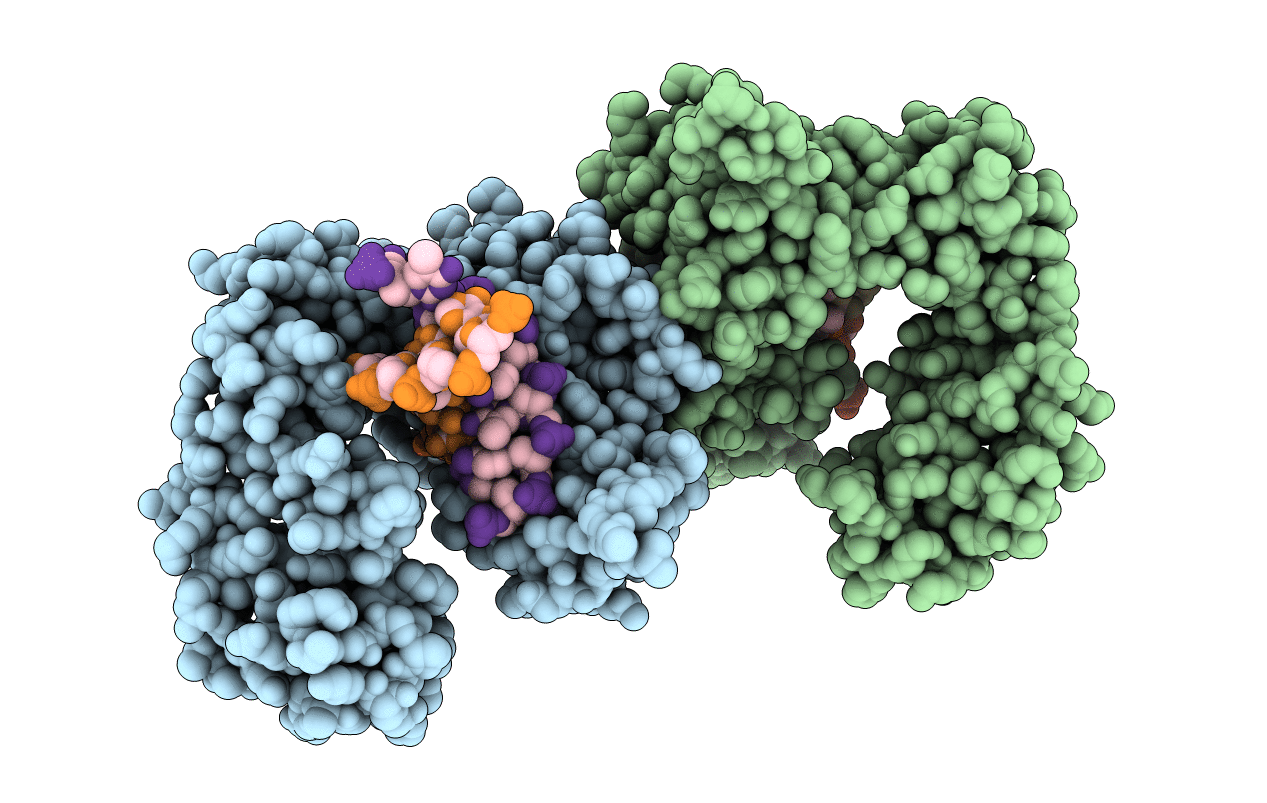
Deposition Date
2011-12-05
Release Date
2012-12-05
Last Version Date
2024-02-28
Entry Detail
PDB ID:
3UXP
Keywords:
Title:
Co-crystal Structure of Rat DNA polymerase beta Mutator I260Q: Enzyme-DNA-ddTTP
Biological Source:
Source Organism:
Rattus norvegicus (Taxon ID: 10116)
Host Organism:
Method Details:
Experimental Method:
Resolution:
2.72 Å
R-Value Free:
0.29
R-Value Work:
0.21
R-Value Observed:
0.22
Space Group:
P 1 21 1


